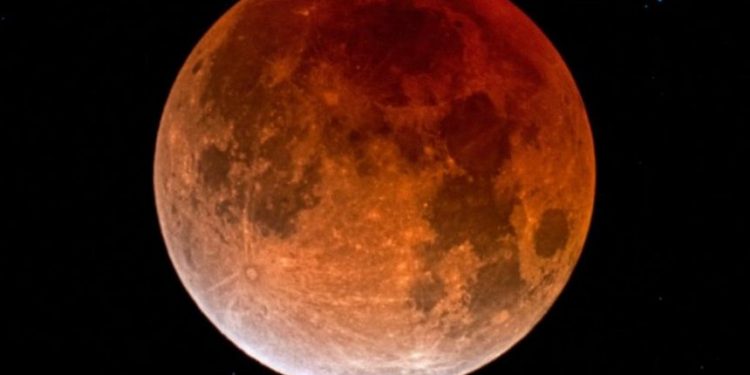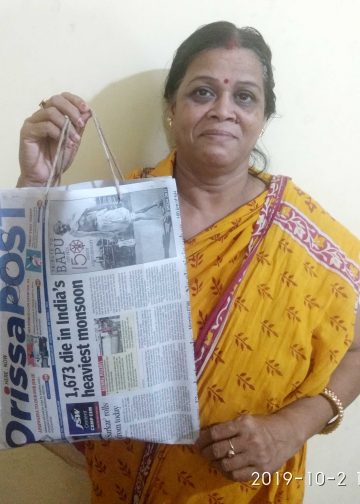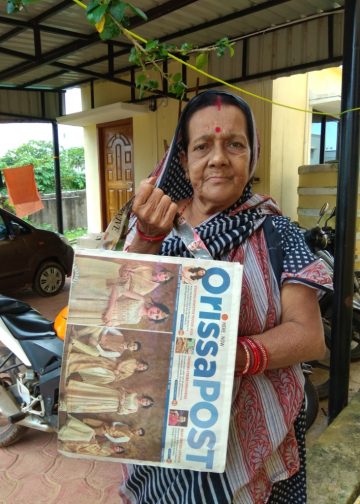Bhubaneswar: A total lunar eclipse will be visible across Odisha on the night of 7–8 September, offering residents a chance to see the Moon take on a copper-red colour as it passes through the Earth’s shadow.
The event, visible across much of Asia, Europe, Africa and Australia, begins with a penumbral phase at 8:58 p.m. Indian Standard Time; the partial eclipse begins at 9:57 p.m.; totality runs from 11:01 p.m. to 12:23 a.m. (maximum about 11:41 p.m.); and the penumbral phase ends at 2:25 a.m., astronomical societies and timing databases say.
Astronomers say the reddening — often called a “blood moon” — happens because sunlight reaching the Moon is filtered and refracted by the Earth’s atmosphere, which scatters shorter blue wavelengths and allows longer red wavelengths to reach the lunar surface.
Totality is expected to last roughly 82 minutes, making this one of the longer total lunar eclipses of the year and a particularly striking spectacle for observers across the state.
Unlike solar eclipses, lunar eclipses are safe to view with the naked eye; binoculars or a small telescope will reveal greater surface detail and stars obscured by moonlight. The planetarium in Bhubaneswar has organised public viewings for the public.
Eclipses often blend science with tradition in India, prompting curiosity, communal gatherings and customary practices in some communities.
PNN







































